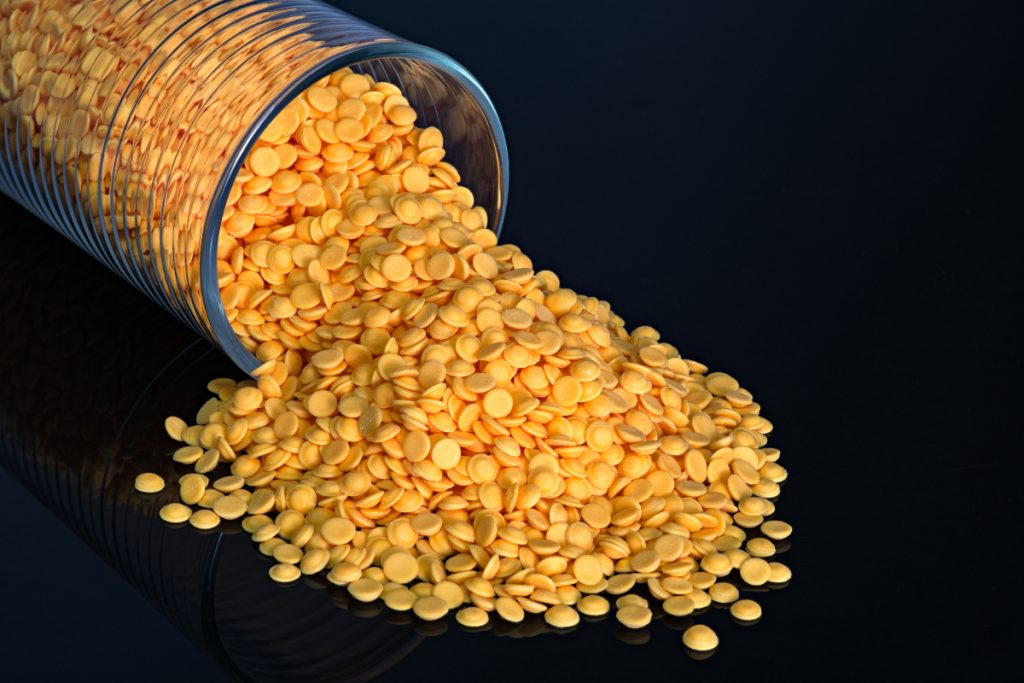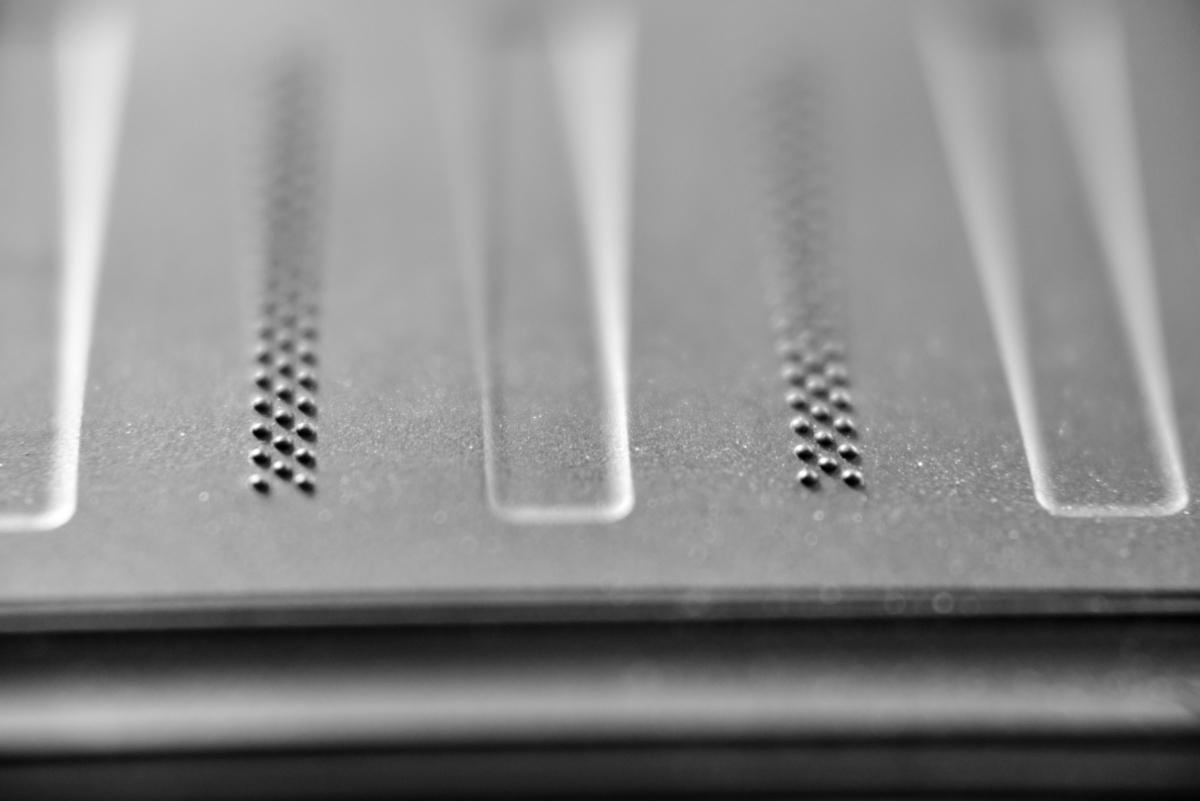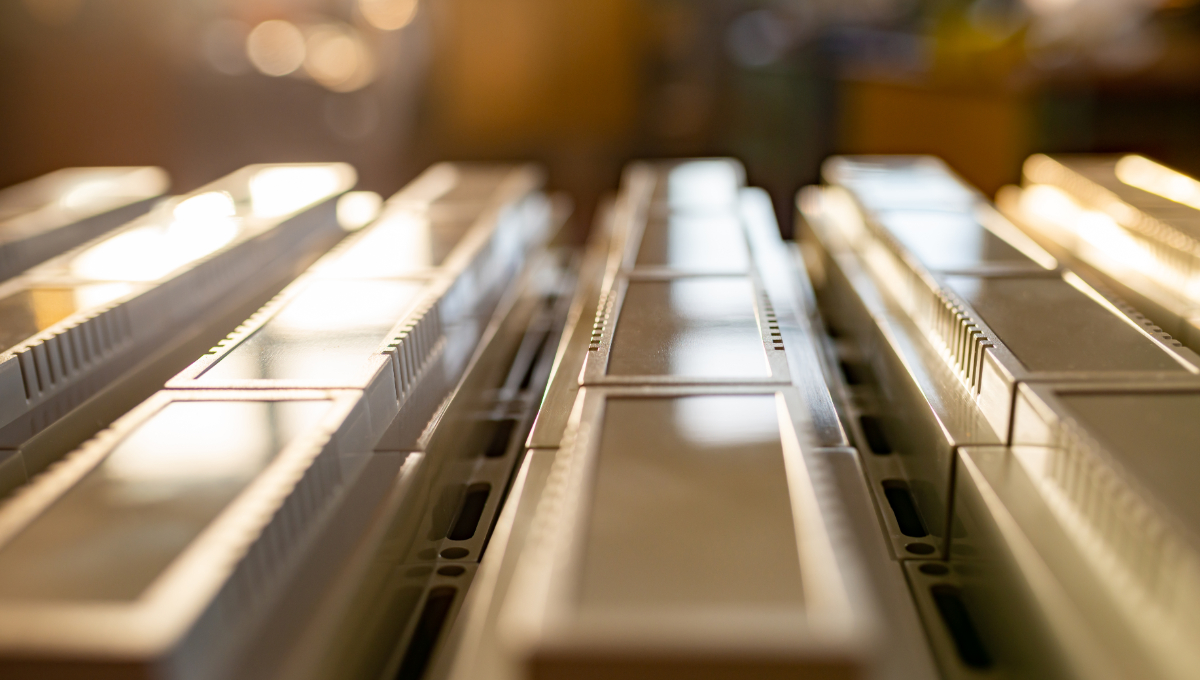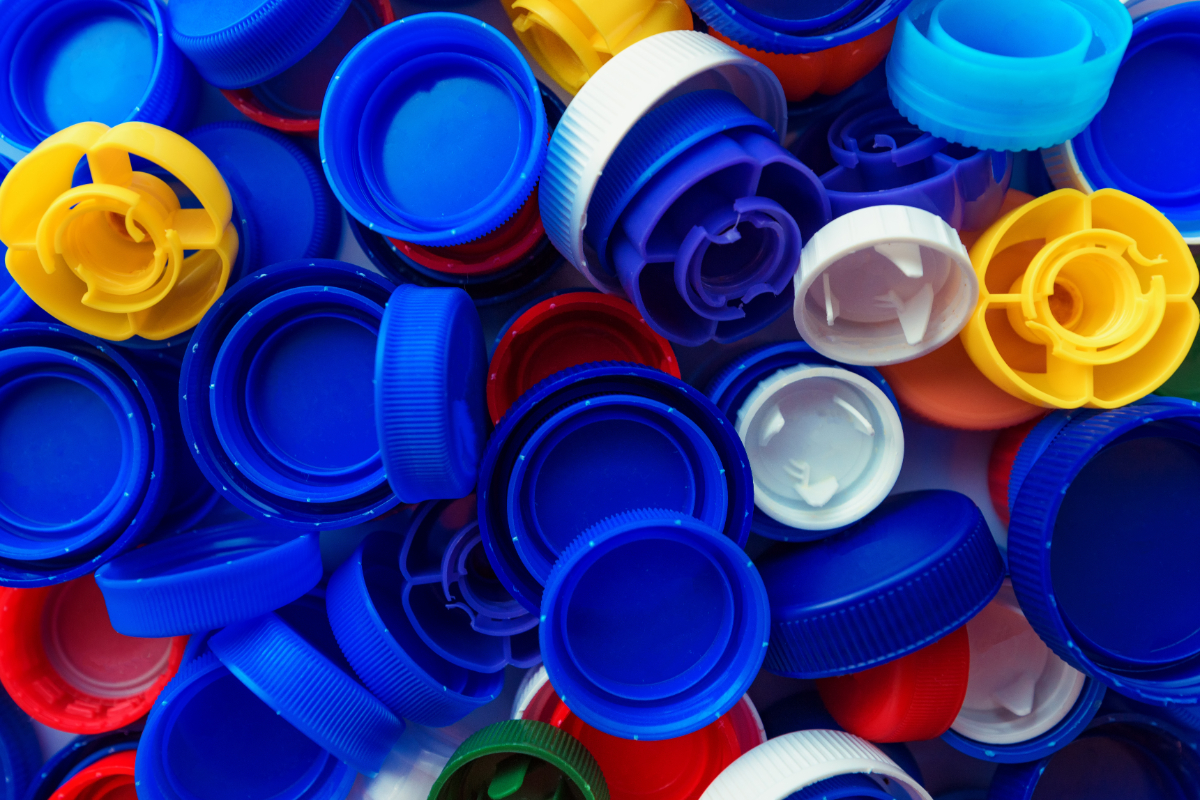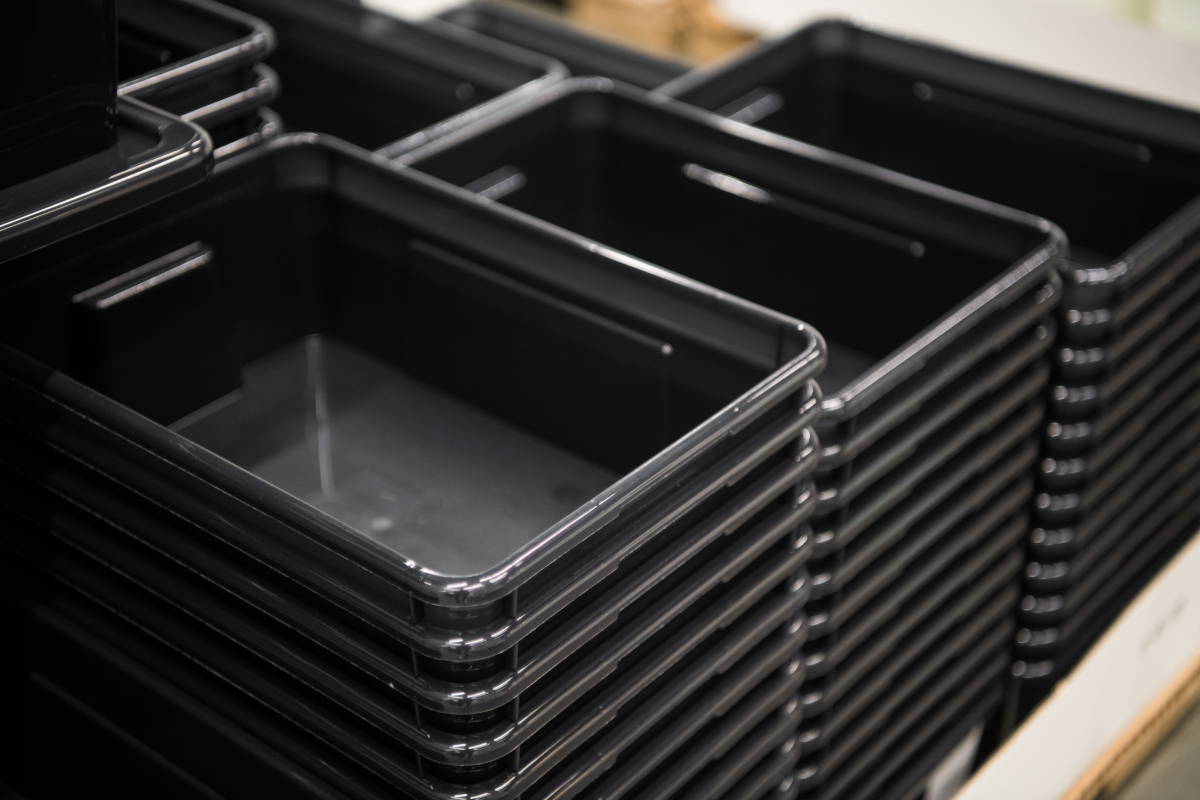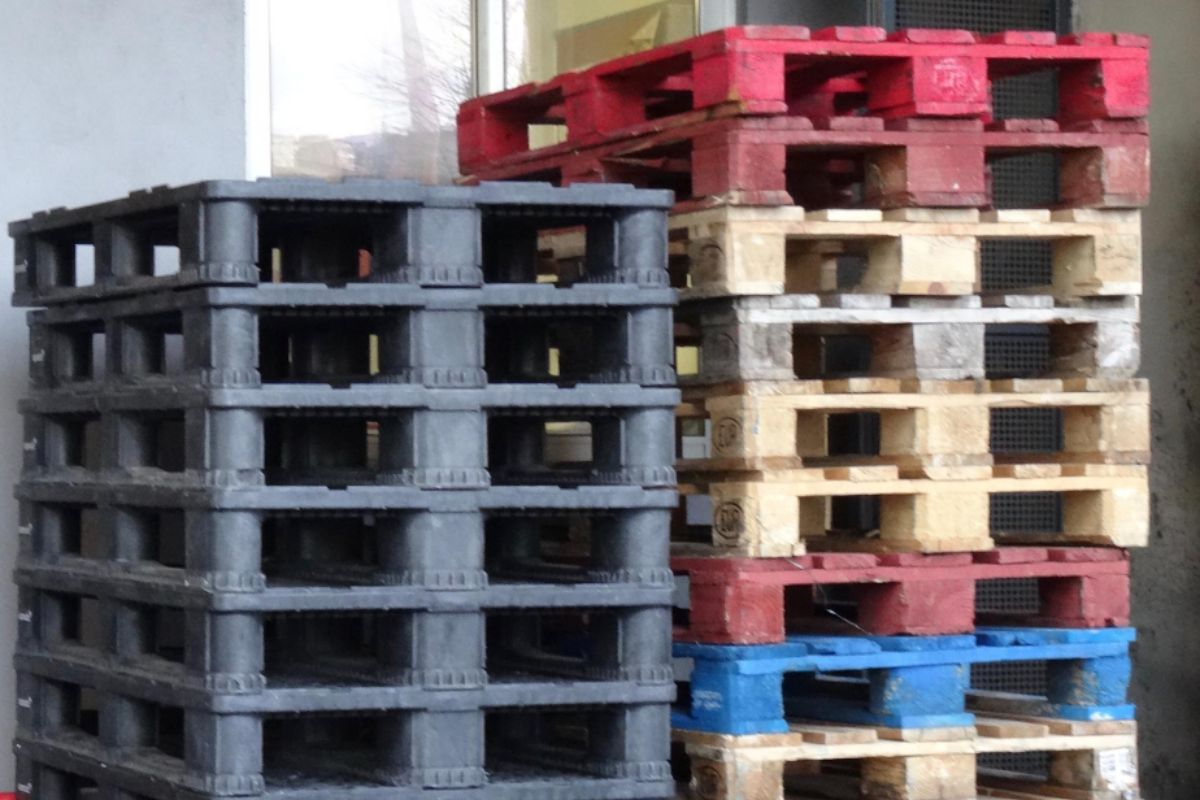What are cosmetic defects in plastic parts?
- Warp
- Sink
- Flash
- Drag
- Swirling
- Knit Lines
- Vacuum Voids
- Jets, Splay, and Others
Plastic injection molding has its own set of design guidelines, used to define best practices to increase one’s chances of creating a clean, aesthetically pleasing, and functional plastic product. But, as with any manufacturing process, cosmetic defects can happen and negatively affect your product’s aesthetic appeal. To help you avoid this problem and create consistently great products, here are common cosmetic defects in plastic parts, and how to eliminate them.
Warp
Sometimes, your plastic part may come off an injection molding tool with misshapen walls, curled up like a potato chip. Your part can have twisted, uneven, or unintended bent pieces.
This cosmetic defect is called warpage and can be caused by uneven or too thin wall thickness. It can also be caused by your material selection, as some are more susceptible to warping when going through the heating and cooling process.
Sink
As the name implies, this cosmetic defect looks like one or a few shallow impressions across the surface of your plastic part. At times, there can be multiple impressions concentrated on one specific area of your part.
This can be caused by too thick walls or non-uniform thickness. It can also be caused by improper gate placement. Both causes lead to improper cooling times inside the mold, which then create sink marks.
Flash
Flash, also known as spew, happens when molding material flows outside the molding chamber or tool. This cosmetic defect looks like a thin lip or protrusion around the body of your plastic part. It can be caused by improper mold design or damage.
While this is considered a cosmetic defect, it’s important to note that some flash is expected when it comes to plastic injection molding. If the excess material is small, trimming once the part has cooled will solve it. However, in some parts, this defect can be tricky to solve, such as those with sharp or numerous corners.
Drag
When your plastic molded part is ejected from the injection molding tool, you may notice scratches or grooves on its surface. This cosmetic defect is called drag and may occur if the draft has not been properly calculated or incorporated by your design engineers.
This defect is most common on the vertical walls of your plastic part. Vertical walls are the surfaces that run parallel to the direction of your mold. When there is not enough space for parts to eject properly (a.k.a. draft), these vertical walls will scrape against the mold and become marked.
Swirling
Normally, when designing your plastic parts, you will be asked what color you’d like them to be. Plastic injection molders will offer you standard colorants to be mixed in with your plastic resin before the molding run starts.
However, you might find that the final color isn’t the same as your target color. Worse, the color might be unevenly distributed, appearing as streaks, swirls, or patches of discolored material. This cosmetic defect is called swirling and can be caused by the improper mixing of resins and colorants.
Knit Lines
Hairline cracks and fine lines can also occur on your injection-molded part. These are called knit lines. They’re formed when two opposing flows of material join together in the mold cavity and commonly appear at the edge of a hole or other cored feature on your plastic part.
While this is considered a cosmetic failure, it can also cause functionality problems if the knit lines are prominent. This is because prominent knit lines can create weakness or inconsistent surface strength. So if this area experiences substantial and concentrated stress, it can crack or break apart.
Vacuum Voids
Also called air pockets, vacuum voids happen when air enters the mold during the injection molding process. As a result, the air creates small bubbles inside your plastic parts. A small amount of this creates a cosmetic issue, but numerous air bubbles can weaken an injection molded part.
Air can enter and create bubbles when there is improper molding pressure, forcing trapped air out of the mold cavity and into the part. Part design can also contribute to this, as sharp corners can leave dead space in the cavity as the material flows.
Jets, Splay, and Others
Other miscellaneous, smaller, cosmetic issues can happen with injection molding, such as:
- Jetting — wormlike swirls, usually near thick gate areas.
- Orange Peel — surfaces that appear dimpled, like an orange peel, usually in thicker sections of the part.
- Splay — silvery streaks or flaking parts on your plastic product’s surface.
- Blush — a cloudy discoloration on the surface, normally found near gate areas.
Part geometry, material selection, gate placement, and wall thickness can contribute to these miscellaneous cosmetic defects.
The Four Design Aspects to Reexamine
There are four main design aspects you have to look back on and reexamine to eliminate cosmetic defects in your plastic parts. They are:
- Process — injection molding processes are not equal when it comes to cosmetics. Some processes are more likely to result in sinking, for example, leaving blemishes in the final product, while using an alternative process may not.
- Material — plastic resins and other additions used to create your plastic part also contribute to its final cosmetic look. Some materials are more likely to cause defects than others or show imperfections more easily.
- Part Geometry — part size, shape, extrusions, and other variables affect your product’s overall appearance. More complex part geometry means your calculations for draft, gate location, and other factors of manufacturability need to be more precise.
- Mold Design — design factors like gate thickness, as well as, area and shear rate can be adjusted to help reduce the possibility of cosmetic defects.
In most cases, working with an experienced plastic injection molder and their expert design engineers can help you resolve any cosmetic issues. Additionally, some companies like Richfields, offer extra services to improve the design stage and make your project more cost-efficient.
At Richfields, we offer rapid prototyping services to significantly cut back on time and the work involved in creating parts with no cosmetic defects. Our rapid prototyping capabilities help us find the perfect approach to your products early on in the design stage, provide more time for you to make modifications, and get your product market-ready.
Key Takeaway
Our guide on how to eliminate cosmetic defects in plastic parts shows there are many many reasons that your product can suffer from these imperfections. However, these issues are completely avoidable. By working with Richfields and focusing on the four critical design factors, reducing or eliminating cosmetic defects is possible.
If you require high-quality cosmetic plastic parts or products, contact Richfields today. Our rapid prototyping services and design expertise will help us determine the best combination of materials, mold, and processes needed to deliver the parts you need.
